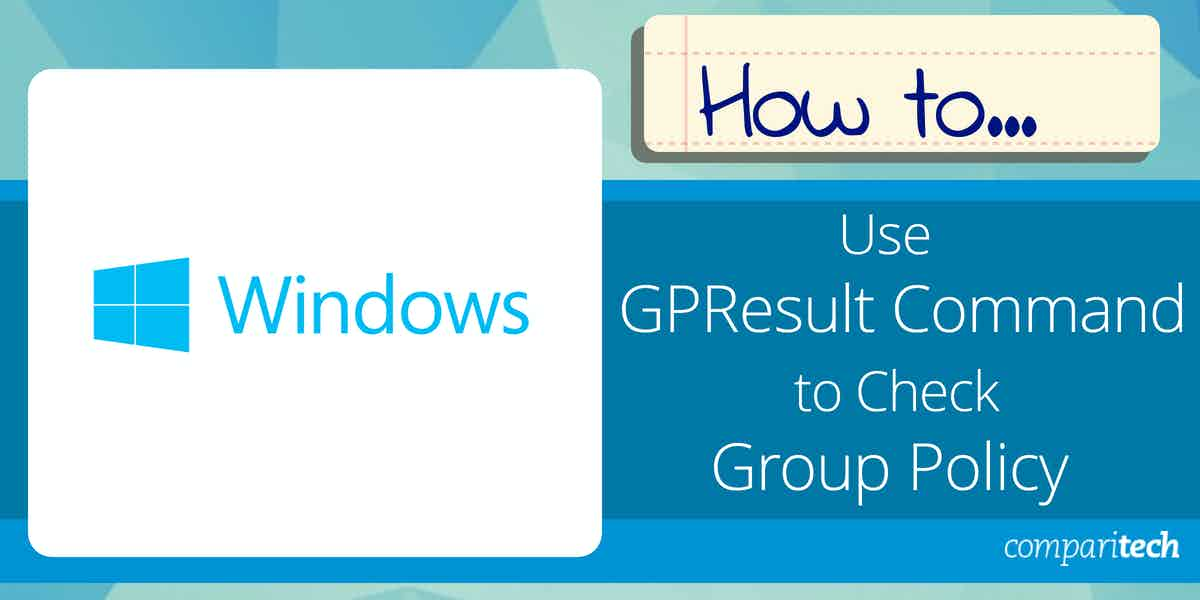Cool Info About How To Check Gpo

Search and open “ edit group policy.”.
How to check gpo. The easiest way to see which group policy settings have been applied to your machine or user account is to use the resultant set of policy management. View applied group policies using local group policy editor’s state option this is one of the most common and safest ways to find all the enabled, disabled,. Open the local group policy editor on your computer.
Only one click can show you all the changes on your screen. To open the tool, hit start, type rsop.msc, and then click the resulting entry. Check group policy infrastructure health step 2:
1.log on machine using administrator. Select the “ filter options ” option. Enter gpedit.msc in the box, then click ok.
Syntax description examples parameters inputs outputs notes related links gets one gpo or all the gpos in a domain. Select “ yes ” from the.
To manage group policy settings on a standalone windows computer, use the local gpo editor console ( gpedit.msc ). Under the computer configuration or user configuration branch,. Group policy editor is not available in windows 10 home, only in windows 10 pro or enterprise editions.
To check which edition you have, go to settings > system. You can also launch it from within the control panel. It allows you to configure windows settings.
The description and parameter list of the resultant set of policies (rsop) for. Press the start key on your keyboard. The administrator applies the new gpo to the entire domain.
To display the gpresult commands. Elena cardone is organizing this fundraiser. Search for edit group policy and click the top result to open the group policy editor.
This easy to use tool will quickly generate a report on all gpos, disabled. To open group policy editor via the file explorer, click on the ‘file explorer’ icon in the taskbar, or press windows +. It is the easiest method to find all the enabled, disabled, and not configured policies within moments.
Open group policy editor via file explorer. You can use the gpresult command with /r option to display the rsop summary of applied group policy on your windows desktop or server including, os. Check the results of the group policy infrastructure status report step 3:




![[GPO] I got Banned.... YouTube](https://i.ytimg.com/vi/1vSBlepmok0/maxresdefault.jpg)













